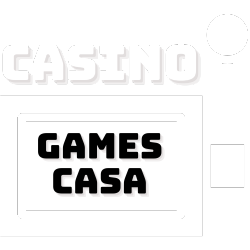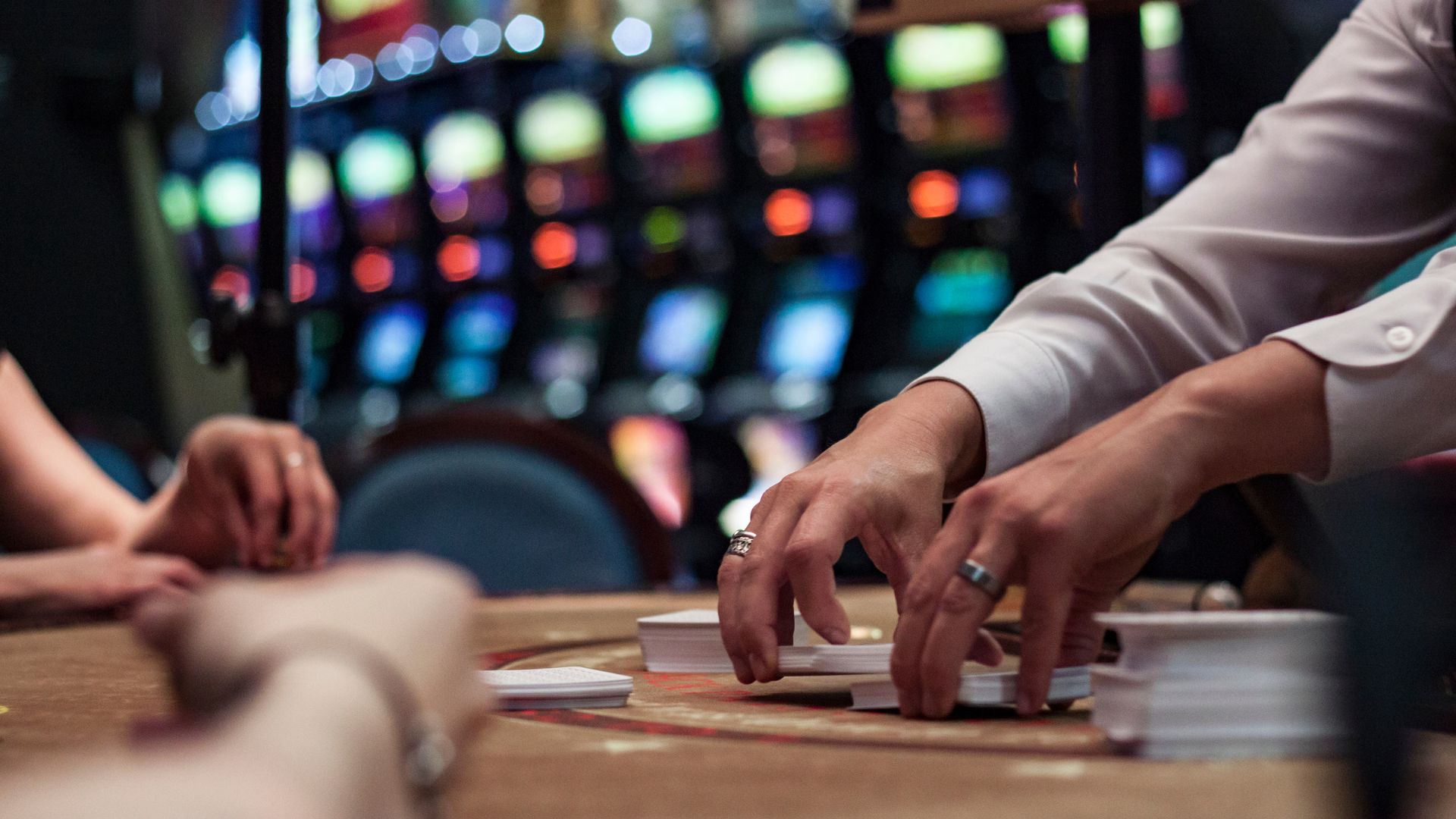Blackjack is one of the most popular card games in casinos worldwide, known for its relatively simple rules, low house edge, and strategic depth. To succeed at blackjack, players must understand the math behind the game. This comprehensive guide dives into the mathematical aspects of blackjack, exploring probability, expected value, and strategies like card counting to give you an edge.
Table of Contents
- 1. Basic Rules of Blackjack
- 2. The Mathematics Behind Blackjack
- 3. Blackjack Strategies Based on Math
- 4. Advanced Mathematical Techniques
- 5. Blackjack Variations and How Math Applies
- 6. Common Myths and Misunderstandings
- 7. Conclusion
1. Basic Rules of Blackjack
1.1 Objective of the Game
The goal of blackjack is to beat the dealer by getting closer to 21 without exceeding that number. Aces can be worth 1 or 11, while face cards are worth 10 points. Players don’t need to hit exactly 21; they just need a higher total than the dealer or hope the dealer busts.
1.2 Card Values and Setup
Blackjack is played with one or more decks of 52 cards. Card values are as follows:
- Number cards (2–10): Face value
- Face cards (Jack, Queen, King): 10 points
- Aces: 1 or 11 points, whichever benefits the hand
1.3 Player and Dealer Actions
Each player starts with two cards face-up. The dealer also receives two cards, one face-up and one face-down. Players can then choose to:
- Hit: Take another card
- Stand: Keep the current hand
- Double Down: Double the bet and receive only one more card
- Split: If the first two cards are a pair, split them into two hands
- Surrender: Forfeit half the bet (available in some variants)
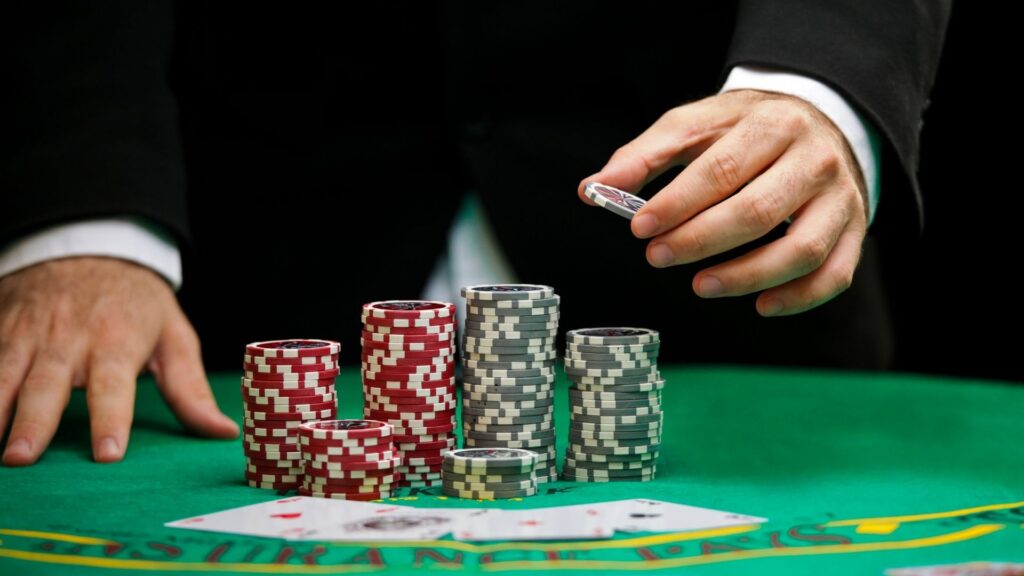
2. The Mathematics Behind Blackjack
2.1 Probability Basics in Blackjack
In blackjack, probability plays a key role. Knowing the likelihood of drawing certain cards or busting helps players make informed decisions. With a deck of 52 cards, there are 16 face cards and 4 aces, making 10-value cards more common. For example, if you hold 12, your chance of busting on the next hit is about 31%, because 16 cards (10s) will bust you out of 52 total cards.
2.2 Understanding Expected Value (EV)
Expected value (EV) is the average amount you can expect to win or lose from a particular action over time. The EV calculation considers the probabilities of winning, losing, or tying. For example, if you have a hand of 16 against the dealer’s 10, the EV helps determine whether hitting or standing will be more profitable in the long run.
2.3 Risk and Reward Dynamics
Blackjack is a game of risk and reward. For instance, doubling down offers high rewards but comes with significant risk because you can only receive one additional card. Mathematically analyzing the risk-reward ratio helps you decide when to make such moves.
3. Blackjack Strategies Based on Math
3.1 Basic Strategy: The Foundation of Optimal Play
Basic strategy is a mathematically optimized approach that tells you the best action to take for each hand combination. For example, always split Aces and 8s, but never split 10s. This strategy minimizes the house edge and is based on probability calculations for each hand scenario.
3.2 Probability Tables: Making Decisions Based on Statistics
Probability tables can help players decide whether to hit, stand, or double down by showing the odds of winning or losing based on the dealer’s upcard and your hand. These tables are derived from millions of simulated blackjack hands and are the foundation of basic strategy.
3.3 Betting Strategies and Bankroll Management
Bankroll management is crucial to long-term success in blackjack. Some common betting systems include flat betting, where you bet the same amount every hand, and the Martingale system, where you double your bet after each loss. While betting systems don’t alter the odds of individual hands, they can impact your overall risk and profitability.
4. Advanced Mathematical Techniques
4.1 Card Counting: The Holy Grail of Blackjack
Card counting is a technique that tracks the ratio of high to low cards remaining in the deck, allowing players to adjust their bets based on the likelihood of favorable hands. The Hi-Lo method is the most common system, assigning values of +1 to cards 2-6, 0 to 7-9, and -1 to 10s and Aces.
4.2 Shuffle Tracking and Ace Sequencing
Shuffle tracking involves following groups of cards through the shuffle process to predict where advantageous cards will appear. Ace sequencing focuses on predicting where aces will be dealt, allowing players to increase their bets when an ace is expected. These are highly advanced techniques requiring extensive practice.
4.3 Understanding the House Edge and How to Minimize It
The house edge in blackjack typically ranges from 0.5% to 2%, depending on the rules. Players can reduce the house edge by following basic strategy, avoiding side bets, and choosing games with favorable rules, such as allowing the dealer to stand on soft 17.
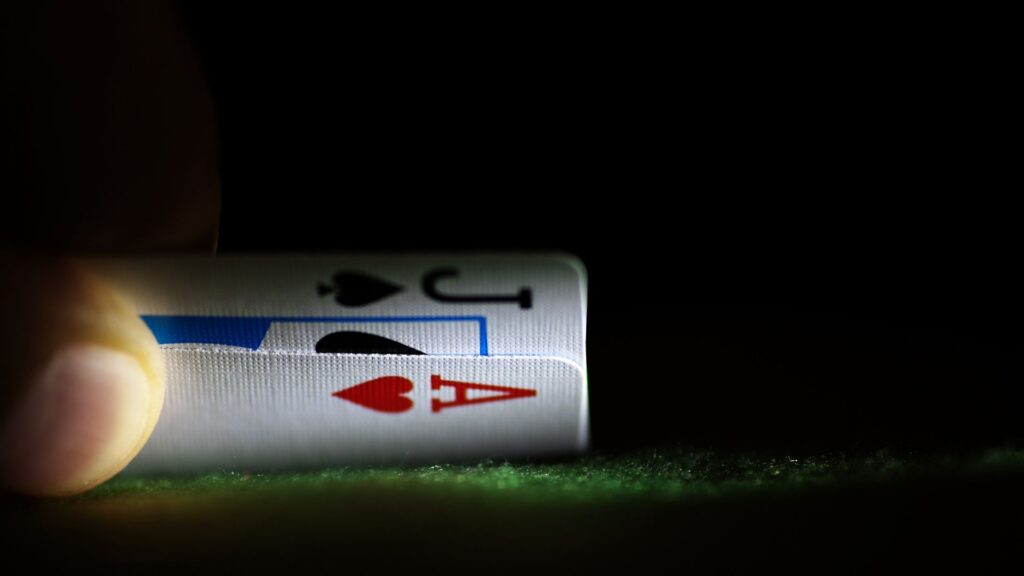
5. Blackjack Variations and How Math Applies
5.1 Multi-Deck Blackjack vs. Single-Deck Blackjack
In single-deck blackjack, the player’s odds improve because it’s easier to keep track of the card composition. In contrast, multi-deck blackjack has a slightly higher house edge due to the increased number of cards in play, making card counting and probability tracking more difficult.
5.2 Side Bets and Their Mathematical Expectation
Side bets like insurance and perfect pairs often carry a much higher house edge than the main game. For example, insurance typically has a house edge of over 7%, making it a poor long-term bet from a mathematical standpoint.
5.3 Progressive Blackjack: The Hidden Cost
Progressive blackjack offers a jackpot side bet, but the house edge on these bets can exceed 20%. While the prospect of a large payout is enticing, the expected value of progressive blackjack side bets is usually negative.
6. Common Myths and Misunderstandings
6.1 Why the Game Isn’t Just About Luck
While luck plays a role in individual hands, blackjack is primarily a game of skill. By following basic strategy and understanding probability, players can significantly reduce the house edge and improve their chances of winning over time.
6.2 Busted Myths: The Role of Hot and Cold Streaks
Many players believe in the concept of hot and cold streaks, assuming that outcomes are influenced by previous hands. However, blackjack hands are independent events, and each outcome is based solely on the current state of the deck, not past results.
6.3 Misinterpreting Probability in Real-Time Play
Players often misinterpret short-term results, such as hitting several blackjacks in a row, as signs of a trend. In reality, these occurrences are part of the game’s variance, and long-term outcomes align with mathematical probabilities.
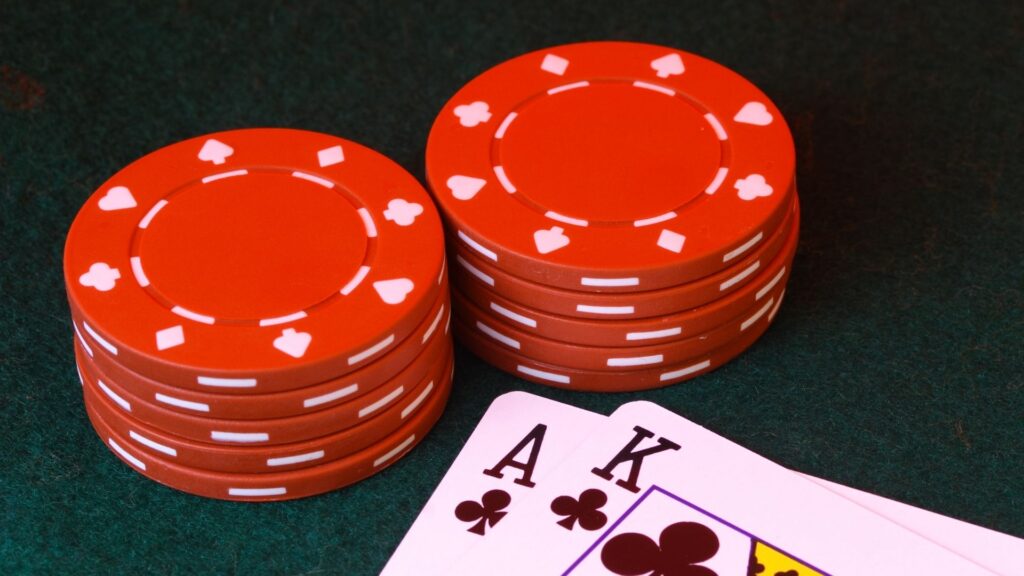
7. Conclusion
Mastering blackjack requires more than just knowing the rules—it involves understanding the math that governs the game. By applying concepts like probability, expected value, and card counting, players can reduce the house edge and improve their chances of long-term success. With practice and dedication, the complexities of blackjack become easier to navigate, and your strategic play will give you an edge over the house.
